Home>Technology>Smart Home Devices>How To Fix A Canon Printer
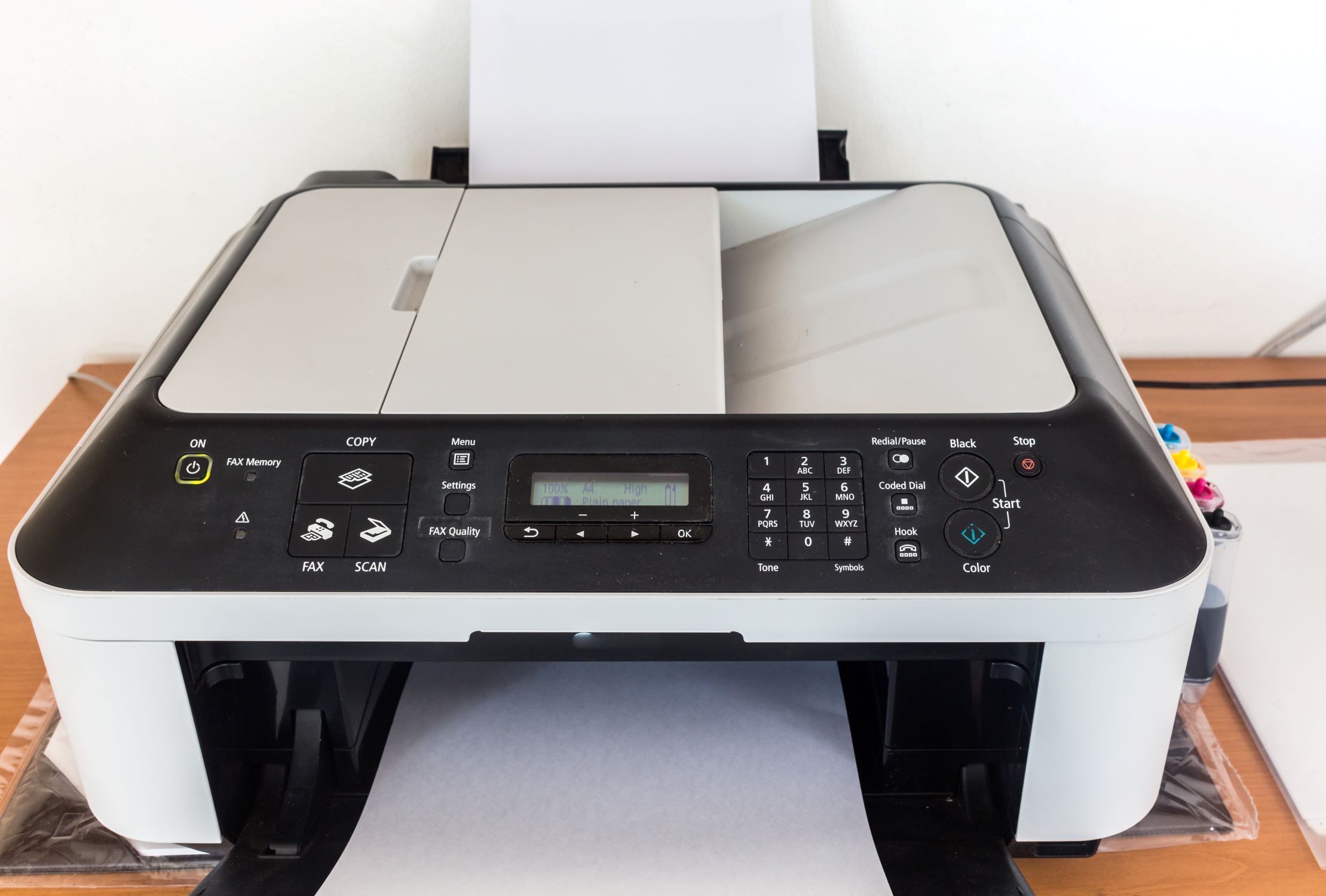

Smart Home Devices
How To Fix A Canon Printer
Modified: August 20, 2024
Learn how to troubleshoot and fix common issues with your Canon printer. Get expert tips and solutions for smart home devices.
(Many of the links in this article redirect to a specific reviewed product. Your purchase of these products through affiliate links helps to generate commission for Storables.com, at no extra cost. Learn more)
Introduction
Welcome to the world of Canon printers, where cutting-edge technology meets the art of printing. Canon printers are renowned for their reliability, efficiency, and exceptional print quality. However, as with any technological device, occasional hiccups may arise. Whether you're encountering paper jams, print quality issues, or connectivity problems, fear not! This comprehensive guide will equip you with the knowledge and troubleshooting techniques to resolve common Canon printer issues.
In this article, we will delve into the intricacies of Canon printer maintenance and problem-solving strategies. From checking printer connections to calibrating print quality, we will cover a spectrum of troubleshooting methods to ensure your Canon printer operates at its optimal capacity. By the end of this guide, you will be empowered to tackle printer issues with confidence, allowing you to resume your printing tasks without unnecessary delays or frustration.
So, grab your troubleshooting toolkit and let's embark on a journey to unravel the mysteries of Canon printer maintenance and repair. Whether you're a seasoned printer enthusiast or a novice navigating the world of printing technology, this guide is designed to provide practical solutions and insights that cater to all levels of expertise. Let's dive in and unlock the potential of your Canon printer!
Key Takeaways:
- Troubleshoot and maintain your Canon printer with confidence using practical tips to fix print quality, connectivity, paper jams, and driver issues. Keep your printer running smoothly for seamless printing experiences.
- Optimize your Canon printer’s performance by cleaning printer heads, calibrating print quality, and performing resets when needed. Embrace the art of printing with vibrant, high-quality output.
Read more: How To Fix Canon Printer Error
Troubleshooting Common Canon Printer Issues
Canon printers are renowned for their exceptional performance, but even the most reliable devices can encounter issues from time to time. By familiarizing yourself with the common problems that Canon printers may experience, you can effectively troubleshoot and resolve these issues, ensuring seamless printing experiences.
Below, we will explore some of the most prevalent issues that Canon printer users encounter, along with practical solutions to address each concern.
- Print Quality Problems: Faded prints, streaks, or smudges on printed documents can be frustrating. We will discuss how to address these issues and restore high-quality print output.
- Connectivity Issues: Whether your Canon printer is unable to connect to your computer or wireless network, we will provide troubleshooting steps to re-establish a stable connection.
- Paper Jams: Dealing with paper jams can disrupt your printing workflow. We will guide you through the process of safely clearing paper jams and preventing future occurrences.
- Printer Calibration: Ensuring that your printer produces accurate and vibrant colors is essential for various printing tasks. We will cover the calibration process to optimize print quality.
- Driver Problems: Outdated or corrupted printer drivers can impede the functionality of your Canon printer. We will discuss how to update and reinstall drivers to resolve potential issues.
By addressing these common Canon printer issues, you can effectively maintain and optimize the performance of your printer. Whether you’re a home user, a small business owner, or a professional in a corporate setting, understanding these troubleshooting techniques will empower you to overcome printer-related challenges with confidence.
Checking Printer Connections
Ensuring stable and reliable connections is essential for the seamless operation of your Canon printer. Whether you’re using a USB connection or a wireless network, verifying the integrity of your printer connections is a fundamental troubleshooting step. Here’s how to check and address potential issues related to printer connections:
1. USB Connection: If your Canon printer is connected to your computer via a USB cable, begin by inspecting the cable for any visible damage or wear. Ensure that the USB cable is securely plugged into both the printer and the computer. If the cable appears damaged, consider replacing it with a new, high-quality USB cable. Additionally, try connecting the USB cable to a different USB port on your computer to rule out port-specific issues.
2. Wireless Connection: For wireless Canon printers, verify that the printer is connected to your wireless network. Access the printer’s control panel or settings menu to view the current network status. If the printer is not connected to the network, follow the manufacturer’s instructions to establish a wireless connection. Ensure that the printer is within range of the wireless router and that the network credentials are entered correctly.
3. Network Stability: If you’re experiencing connectivity issues with a network-connected Canon printer, check the stability of your wireless network. Restart your wireless router and ensure that other devices can connect to the network without issues. Interference from other electronic devices, such as microwave ovens or cordless phones, can also impact wireless connectivity. Position the printer and router away from potential sources of interference to improve signal strength.
4. Printer Status: Access the printer’s control panel or interface to view the current status and any error messages related to connectivity. Some Canon printers feature built-in diagnostics that can identify and troubleshoot connectivity issues. Follow the on-screen prompts to diagnose and resolve connectivity problems.
By meticulously examining and addressing printer connections, you can mitigate potential issues that may disrupt the functionality of your Canon printer. Stable connections are the cornerstone of efficient printing, and by following these steps, you can optimize the connectivity of your Canon printer for consistent performance.
Updating Printer Drivers
Printer drivers serve as the bridge between your computer’s operating system and the hardware of your Canon printer. Keeping your printer drivers up to date is crucial for maintaining optimal performance and compatibility. Here’s a comprehensive guide on updating printer drivers for your Canon printer:
1. Identifying the Current Driver: Begin by identifying the current driver version installed on your computer. Navigate to the “Devices and Printers” or “Printers & Scanners” section in your computer’s settings. Locate your Canon printer, right-click on it, and select “Properties” or “Printer Properties.” In the properties window, you can view the currently installed driver version.
2. Checking for Updates: Visit the official Canon website or use the Canon Printer Support portal to search for driver updates. Enter your printer model and operating system details to find the latest driver version compatible with your system. Alternatively, you can use the Canon Printer Management Tools to check for updates directly from the printer interface.
3. Downloading and Installing Updates: If a newer driver version is available, download the driver package from the official Canon website or the printer management tool. Follow the on-screen instructions to install the updated driver. During the installation process, ensure that you select the correct operating system and architecture (32-bit or 64-bit) to match your computer’s configuration.
4. Automatic Updates: Some operating systems, such as Windows and macOS, offer automatic driver updates through their native update mechanisms. Enable automatic driver updates in your system settings to ensure that your Canon printer drivers are regularly updated without manual intervention.
5. Driver Compatibility: When updating printer drivers, ensure that the new driver version is compatible with your printer model and operating system. Installing incompatible drivers can lead to functionality issues and erratic behavior. Always verify the compatibility of the driver with your specific printer model before proceeding with the update.
By proactively updating your Canon printer drivers, you can leverage the latest optimizations, bug fixes, and feature enhancements provided by the manufacturer. Up-to-date drivers contribute to the stability and performance of your printer, ensuring that it operates seamlessly with your computer and delivers high-quality prints consistently.
Cleaning the Printer Heads
Over time, the printer heads of your Canon printer may accumulate dried ink or debris, leading to print quality issues such as streaks, smudges, or faded output. Cleaning the printer heads is a crucial maintenance task that can restore optimal print quality and ensure consistent performance. Here’s a step-by-step guide to effectively clean the printer heads of your Canon printer:
1. Accessing Maintenance Settings: Depending on your Canon printer model, access the printer’s maintenance or settings menu through the control panel or the printer management software on your computer. Look for options related to maintenance, cleaning, or print head alignment.
2. Print Head Cleaning: Initiate the print head cleaning process as per the manufacturer’s instructions. This typically involves selecting the print head cleaning option from the maintenance menu. Some printers offer multiple levels of cleaning intensity, allowing you to choose a standard or deep cleaning cycle based on the severity of the print quality issues.
3. Manual Cleaning: If the automated print head cleaning process does not fully resolve the issues, consider performing a manual cleaning of the printer heads. To do this, access the printer’s cartridge compartment and remove the ink cartridges. Gently wipe the printer heads with a lint-free cloth or a cotton swab moistened with distilled water. Avoid using tap water or alcohol, as these can damage the printer heads.
4. Alignment and Test Prints: After cleaning the printer heads, perform a print head alignment using the printer’s settings menu. This ensures that the printer heads are correctly positioned for optimal print quality. Print a test page to assess the improvements in print quality after the cleaning process.
5. Regular Maintenance: Incorporate regular print head cleaning into your printer maintenance routine to prevent the accumulation of dried ink and debris. Depending on your printing frequency and environmental conditions, periodic cleaning can help maintain consistent print quality and prolong the life of the printer heads.
By diligently cleaning the printer heads of your Canon printer, you can eliminate print quality issues and ensure that your prints exhibit vibrant colors and sharp details. This maintenance task is essential for preserving the performance and longevity of your printer, allowing you to enjoy high-quality prints for years to come.
Check for paper jams, ensure ink cartridges are properly installed, and restart the printer. If the issue persists, try updating the printer drivers or contacting Canon support.
Resolving Paper Jams
Paper jams are a common occurrence in printers, including Canon models, and can disrupt your printing tasks. Resolving paper jams promptly and correctly is essential to prevent potential damage to the printer and to resume printing without delays. Here’s a comprehensive guide to effectively address paper jams in your Canon printer:
1. Identifying the Jammed Paper: When a paper jam occurs, carefully remove the paper tray and any partially fed sheets. Inspect the printer’s input and output areas, as well as the print carriage, for any visible jammed paper. If the paper is lodged in the printer’s rollers, gently pull it out in the direction of paper feed, taking care to avoid tearing the paper.
2. Using Manual Feed Access: Some Canon printers feature a rear manual feed slot or a rear access panel for clearing paper jams. Refer to your printer’s manual to locate and access these features. Use them to remove jammed paper that may be inaccessible from the front of the printer.
3. Clearing Obstructions: Inspect the paper path and the printer’s internal components for any obstructions, such as torn paper remnants or foreign objects. Use a flashlight to illuminate the interior of the printer and remove any debris that may impede the smooth movement of the paper or print carriage.
4. Preventing Future Jams: After clearing the paper jam, ensure that the paper tray is loaded with the correct paper size and type. Adjust the paper guides to align with the edges of the paper stack, preventing misfeeds and jams. Additionally, fan the paper stack before loading it into the tray to prevent sheets from sticking together.
5. Testing with Sample Prints: Once the paper jam is resolved, print a few sample documents to verify that the printer operates without further issues. Monitor the print output for any abnormalities, such as skewed prints or additional paper jams, which may indicate residual obstructions or misalignments.
By following these steps, you can effectively address paper jams in your Canon printer, ensuring that your printing tasks proceed smoothly and without interruptions. Promptly resolving paper jams and implementing preventive measures can contribute to the longevity and reliable performance of your printer.
Calibrating Print Quality
Calibrating the print quality of your Canon printer is essential for achieving accurate colors, sharp details, and consistent output across various printing tasks. By fine-tuning the print settings and conducting periodic calibrations, you can optimize the visual impact and clarity of your printed documents and images. Here’s a comprehensive guide to calibrating the print quality of your Canon printer:
1. Accessing Print Quality Settings: Navigate to the print settings menu on your computer when initiating a print job. Look for options related to print quality, color management, and advanced settings. Canon printers often offer a range of print quality adjustments, allowing you to customize settings based on your specific printing requirements.
2. Color Calibration: If color accuracy is paramount for your printing tasks, consider initiating a color calibration process through the printer settings or maintenance menu. This process ensures that the printer reproduces colors faithfully and consistently, resulting in vibrant and true-to-life prints.
3. Print Head Alignment: Print head alignment is crucial for achieving precise and sharp prints. Access the printer’s settings menu to perform a print head alignment procedure, which optimizes the positioning of the printer heads for accurate ink deposition. Proper print head alignment contributes to crisp text and well-defined images.
4. Paper Type and Quality: Select the appropriate paper type and quality settings based on the media you’re using for your prints. Canon printers offer settings tailored to various paper types, such as plain paper, photo paper, or glossy paper. Adjusting these settings ensures that the printer optimally applies ink to match the characteristics of the selected paper, resulting in optimal print quality.
5. Test Prints and Adjustments: Print sample documents or images after making print quality adjustments to assess the impact on the output. Use a variety of content, including text, graphics, and photographs, to evaluate the overall print quality and color accuracy. Make further adjustments as needed based on the results of the test prints.
By meticulously calibrating the print quality settings of your Canon printer, you can achieve professional-grade prints that meet your exacting standards. Whether you’re producing documents for business use or creating stunning photographs, a well-calibrated printer ensures that your prints reflect the intended visual impact and fidelity.
Resetting the Printer
When encountering persistent issues with your Canon printer, performing a reset can often resolve software glitches, restore default settings, and rejuvenate the printer’s functionality. Resetting the printer is a valuable troubleshooting step that can address a wide range of issues, from connectivity problems to erratic behavior. Here’s a comprehensive guide to resetting your Canon printer:
1. Power Cycling: Begin by powering off the printer and unplugging it from the power source. Allow the printer to remain unplugged for at least 5-10 minutes to ensure that residual power dissipates. This process, known as power cycling, can effectively clear temporary software hiccups and reset the printer’s internal components.
2. Factory Reset: Some Canon printers offer a factory reset option in the settings or maintenance menu. Refer to your printer’s manual or online support resources to locate the factory reset procedure specific to your printer model. Performing a factory reset restores the printer to its original factory settings, eliminating any customized configurations or settings that may be contributing to the issues.
3. Network Settings Reset: If your Canon printer is connected to a wireless network, consider resetting the network settings to resolve connectivity issues. Access the printer’s network settings menu and look for options to reset the network configuration. After resetting the network settings, re-establish the connection to your wireless network following the manufacturer’s instructions.
4. Clearing Error Codes: If the printer displays error codes or persistent error messages, a reset can often clear these indications of underlying issues. After performing a reset, monitor the printer for any recurrence of error messages and assess whether the reset resolved the identified problems.
5. Updating Firmware: After performing a reset, check for firmware updates for your Canon printer. Updating the printer’s firmware to the latest version can address known software bugs and compatibility issues, contributing to the overall stability and performance of the printer.
By incorporating the reset procedure into your troubleshooting repertoire, you can effectively address persistent issues and restore the optimal functionality of your Canon printer. Whether you’re experiencing connectivity challenges, error messages, or erratic behavior, a well-executed reset can often provide a fresh start and resolve the identified issues.
Conclusion
Congratulations! You’ve embarked on a journey to unravel the intricacies of Canon printer maintenance and troubleshooting. Through this comprehensive guide, you’ve gained invaluable insights and practical techniques to address common printer issues, optimize print quality, and rejuvenate the functionality of your Canon printer.
From troubleshooting connectivity problems to mastering the art of print head cleaning, you’ve equipped yourself with the knowledge and skills to navigate the world of Canon printers with confidence. By proactively addressing issues such as paper jams, print quality discrepancies, and outdated drivers, you can ensure that your printing tasks proceed seamlessly, allowing you to focus on your creative and professional endeavors without unnecessary disruptions.
Remember, regular maintenance and proactive troubleshooting are the cornerstones of a reliable and high-performing printer. Incorporating the techniques outlined in this guide into your printer maintenance routine will not only enhance the longevity of your Canon printer but also elevate the quality and consistency of your printed output.
As you continue your printing journey, consider exploring advanced printer features, such as color calibration and firmware updates, to further optimize the performance and capabilities of your Canon printer. Stay informed about the latest advancements in printer technology and leverage the wealth of resources provided by Canon to maximize your printing experience.
With your newfound expertise in Canon printer maintenance and troubleshooting, you are well-prepared to conquer any challenges that may arise, ensuring that your Canon printer remains a reliable and indispensable tool for your printing needs. Embrace the art of printing with confidence, knowing that you possess the knowledge and skills to maintain and optimize your Canon printer effectively.
Here’s to a future filled with vibrant prints, seamless functionality, and a deep appreciation for the art of printing with Canon!
Frequently Asked Questions about How To Fix A Canon Printer
Was this page helpful?
At Storables.com, we guarantee accurate and reliable information. Our content, validated by Expert Board Contributors, is crafted following stringent Editorial Policies. We're committed to providing you with well-researched, expert-backed insights for all your informational needs.
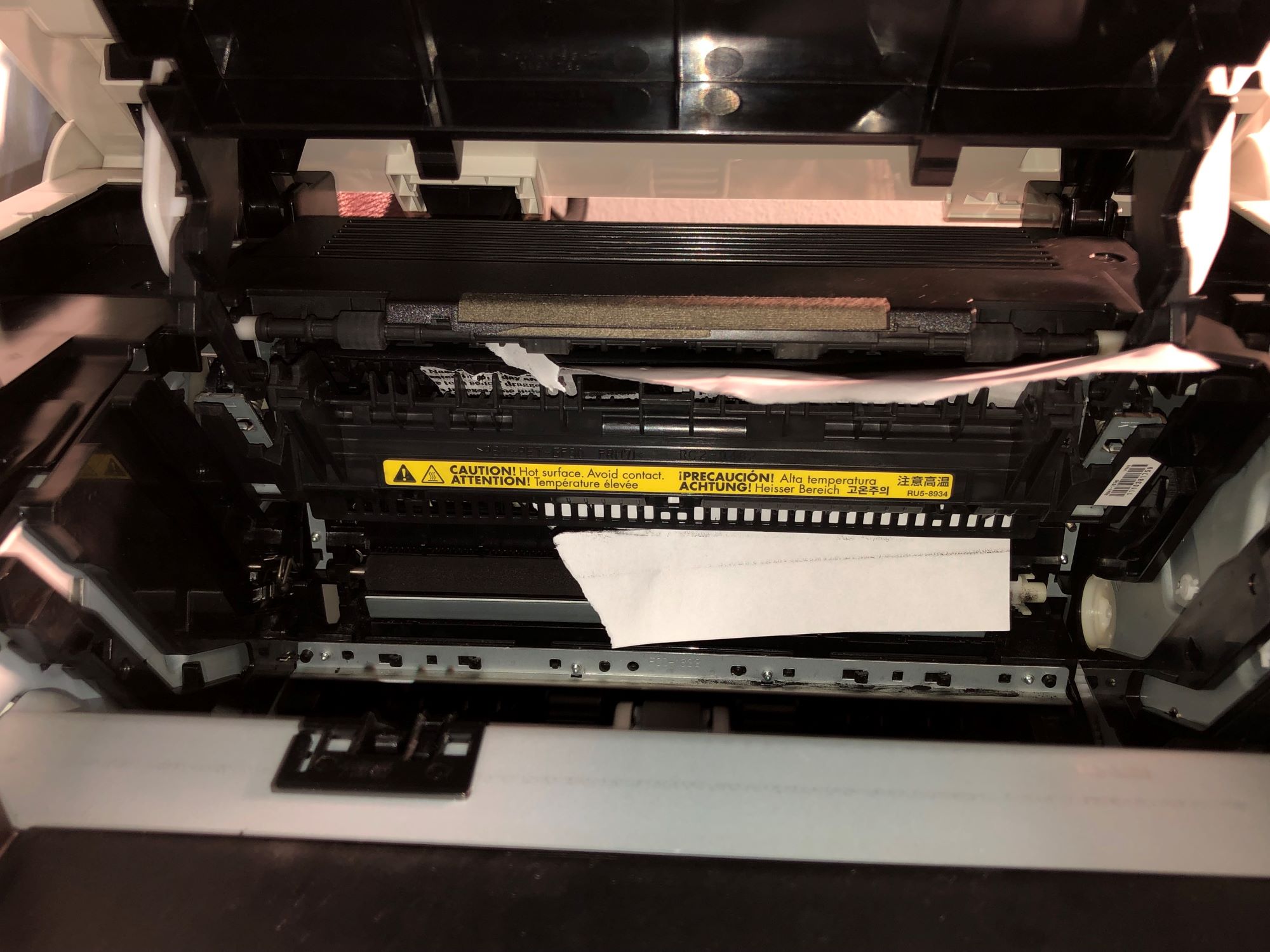
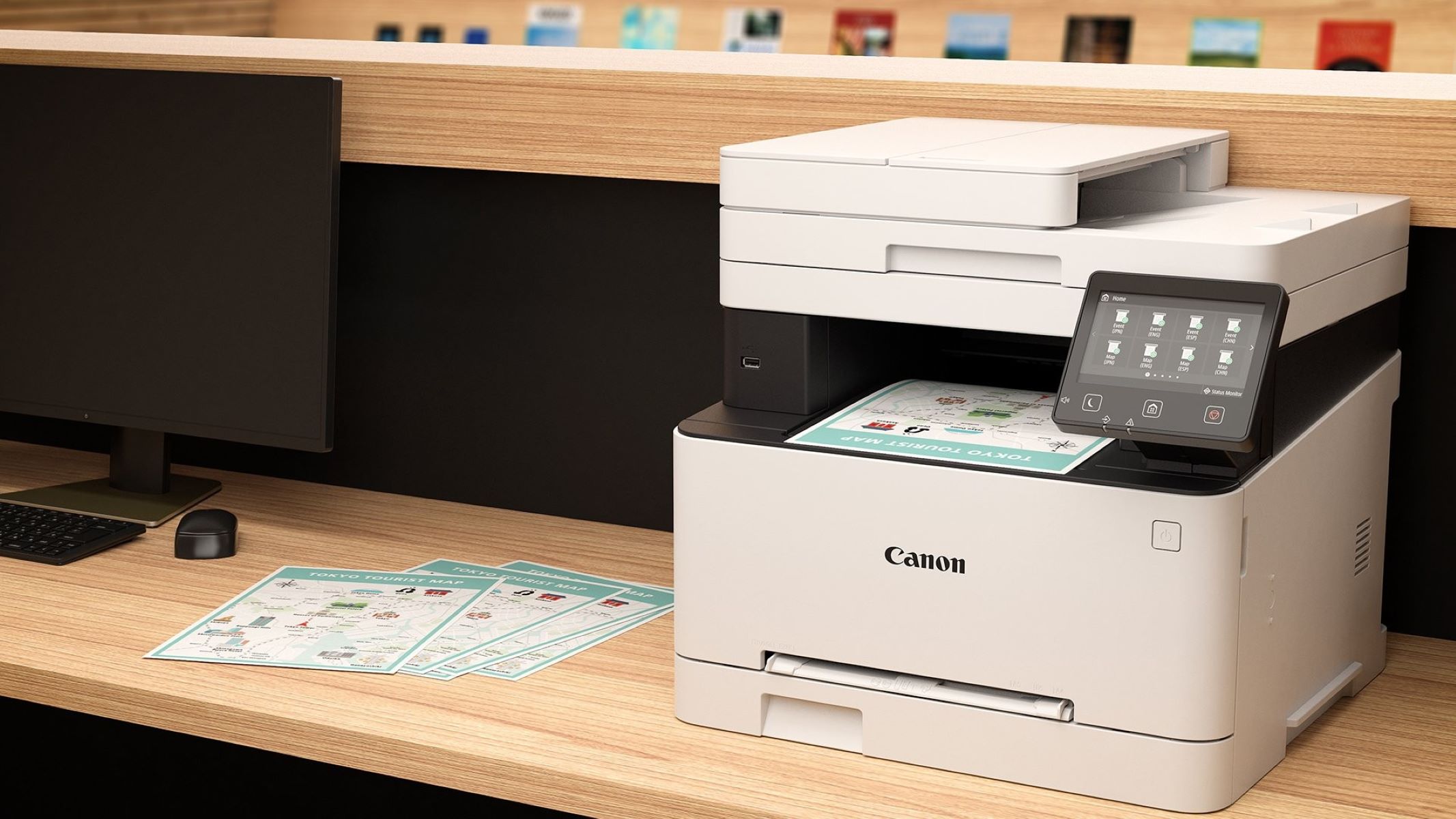

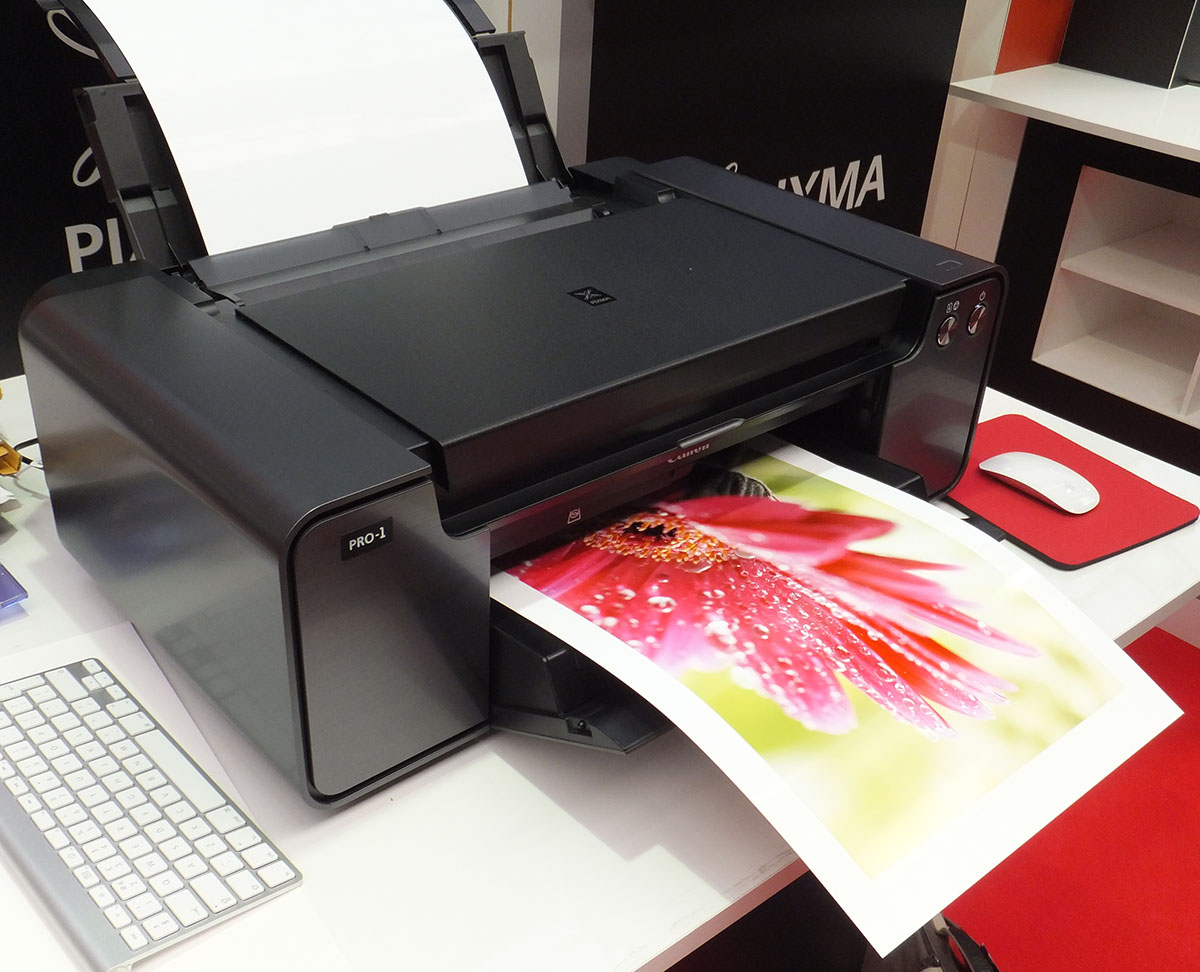

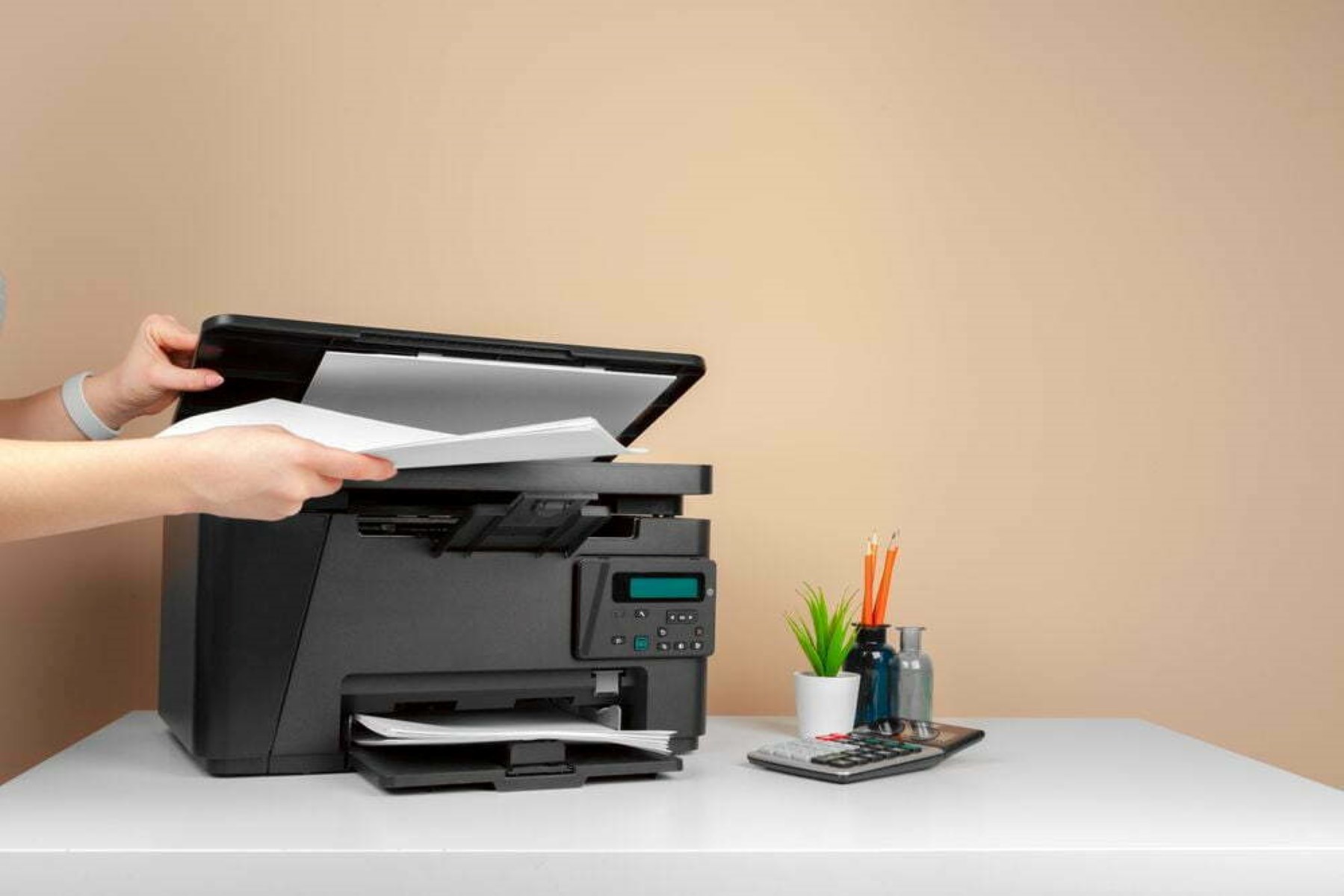
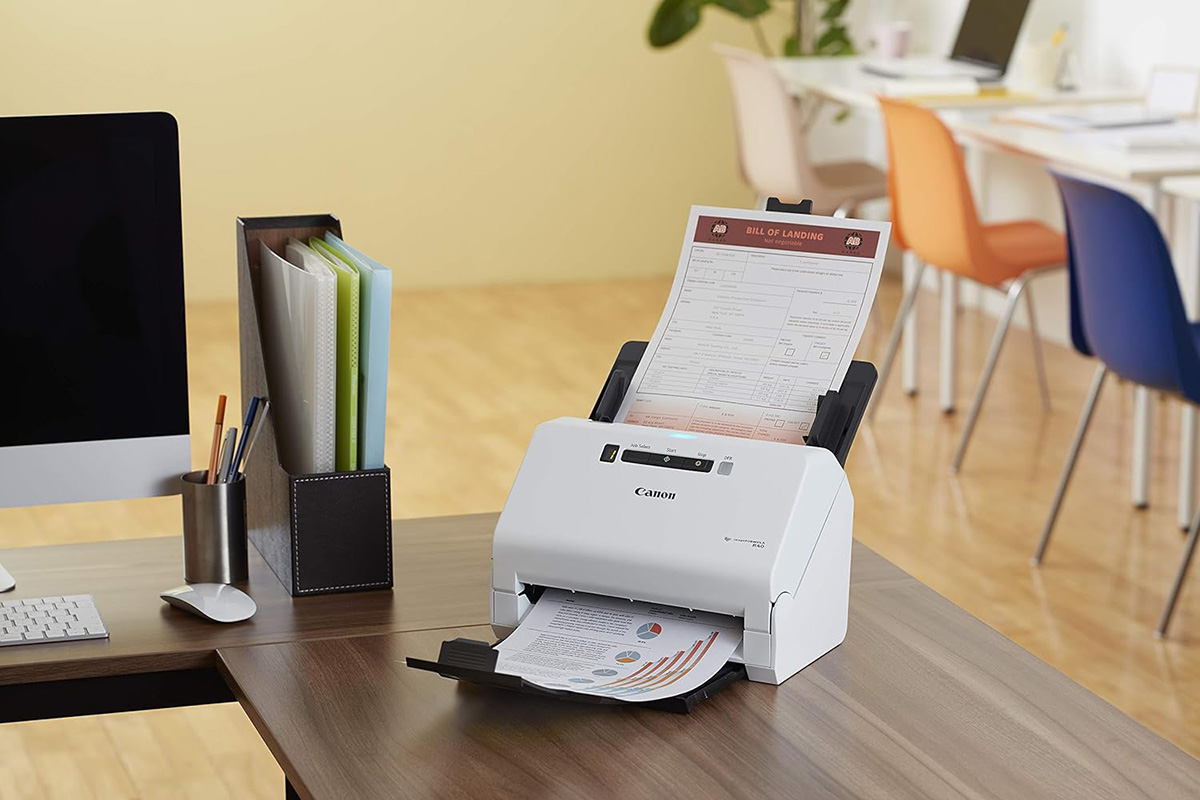
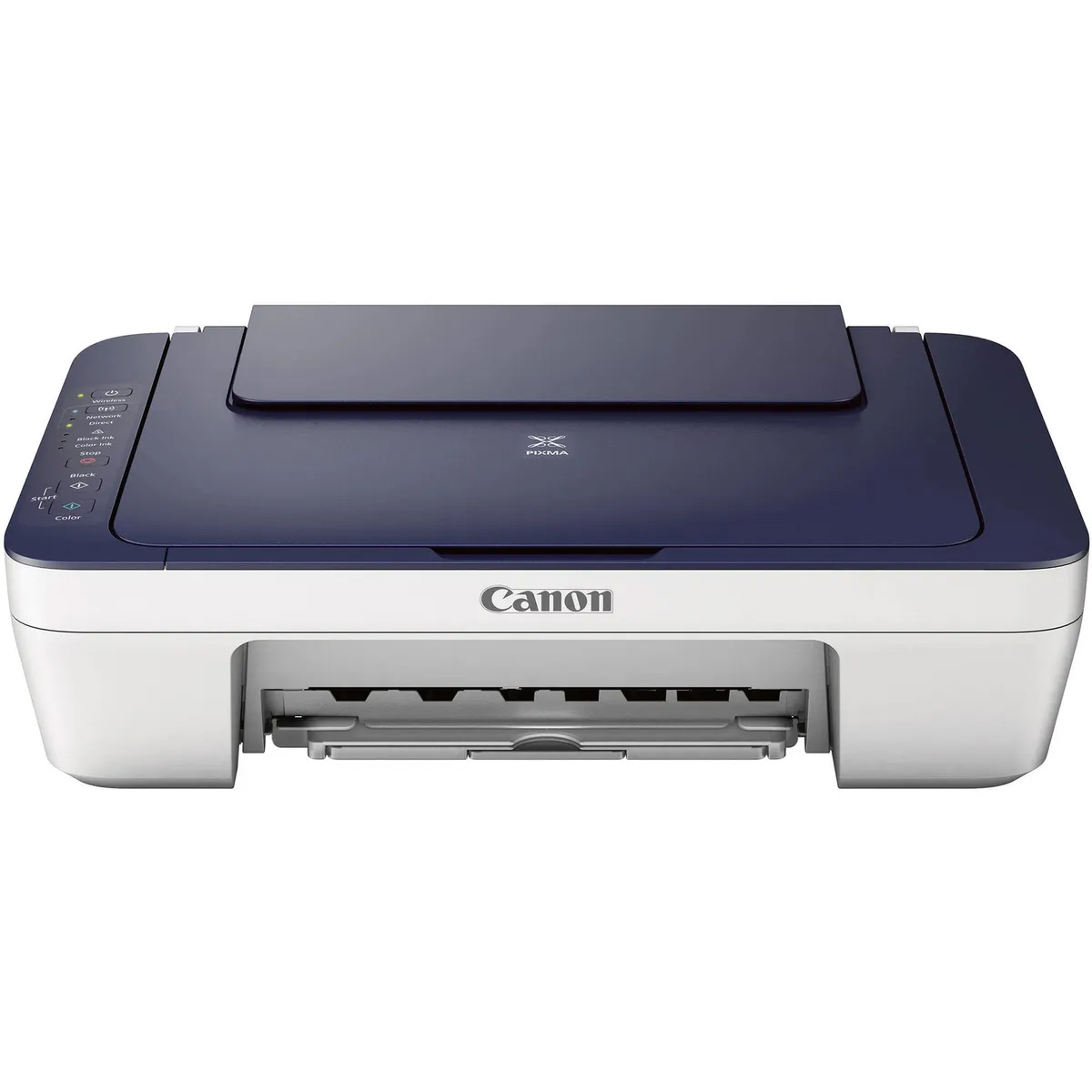
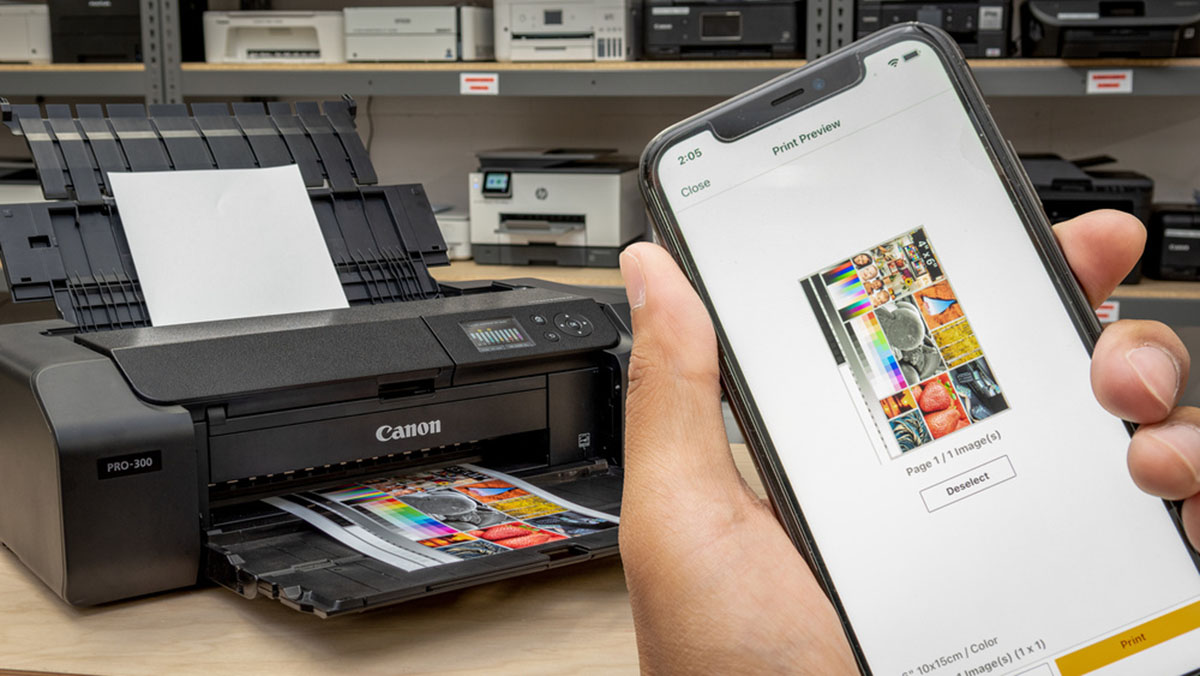
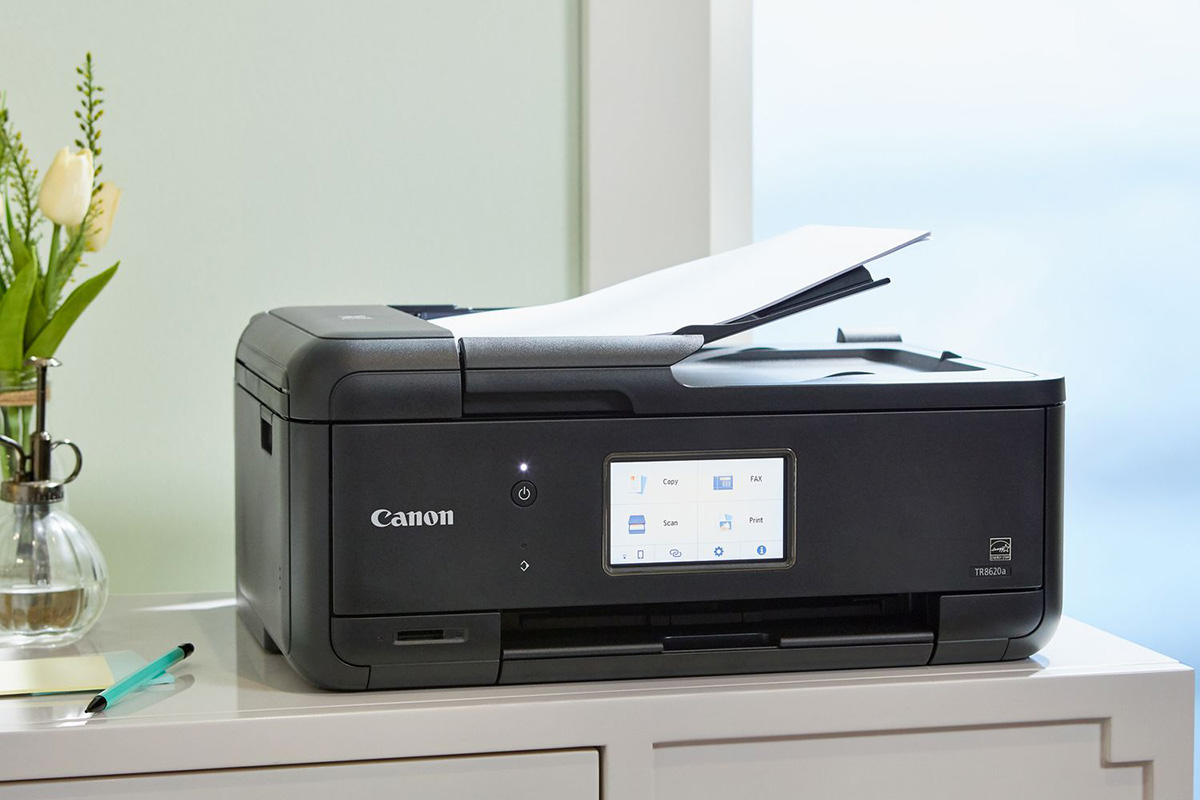

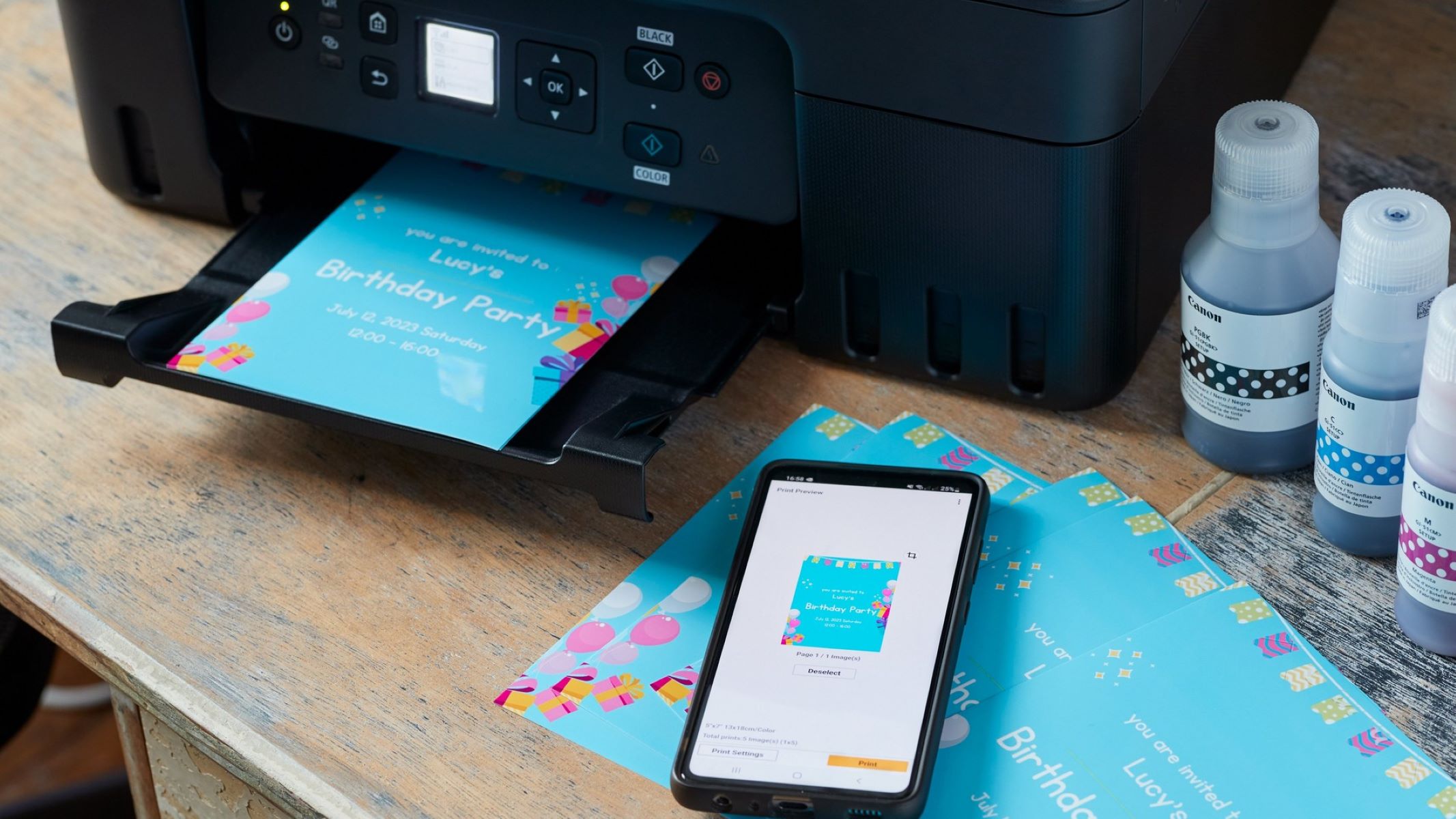
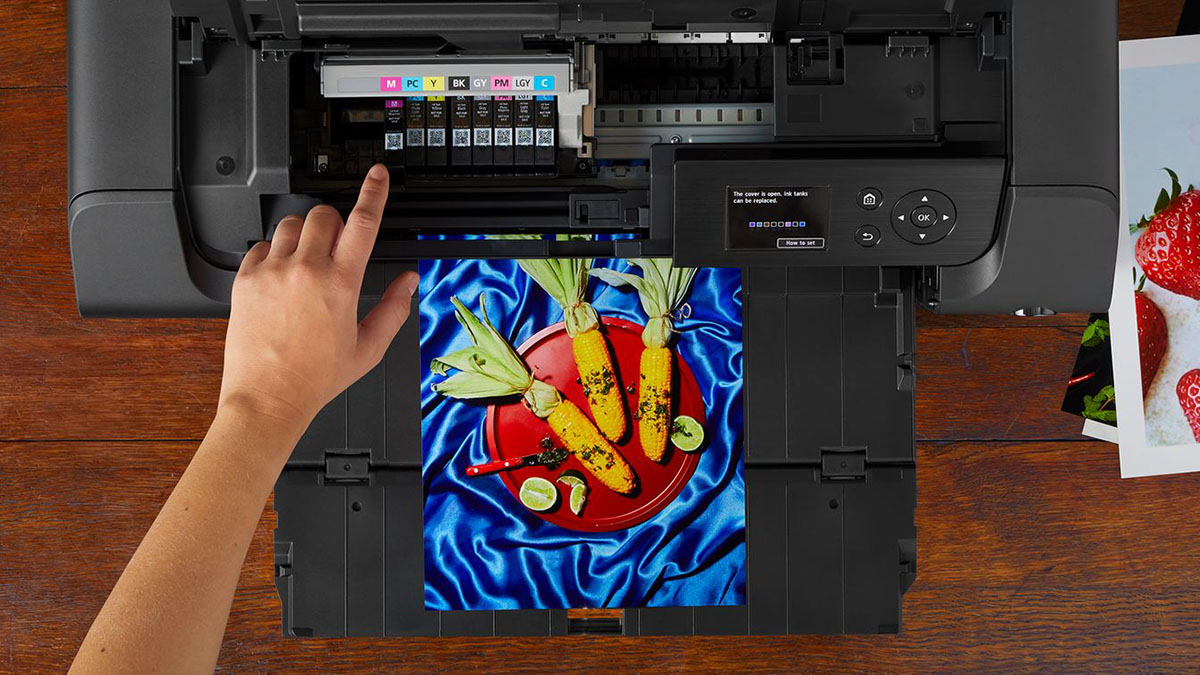
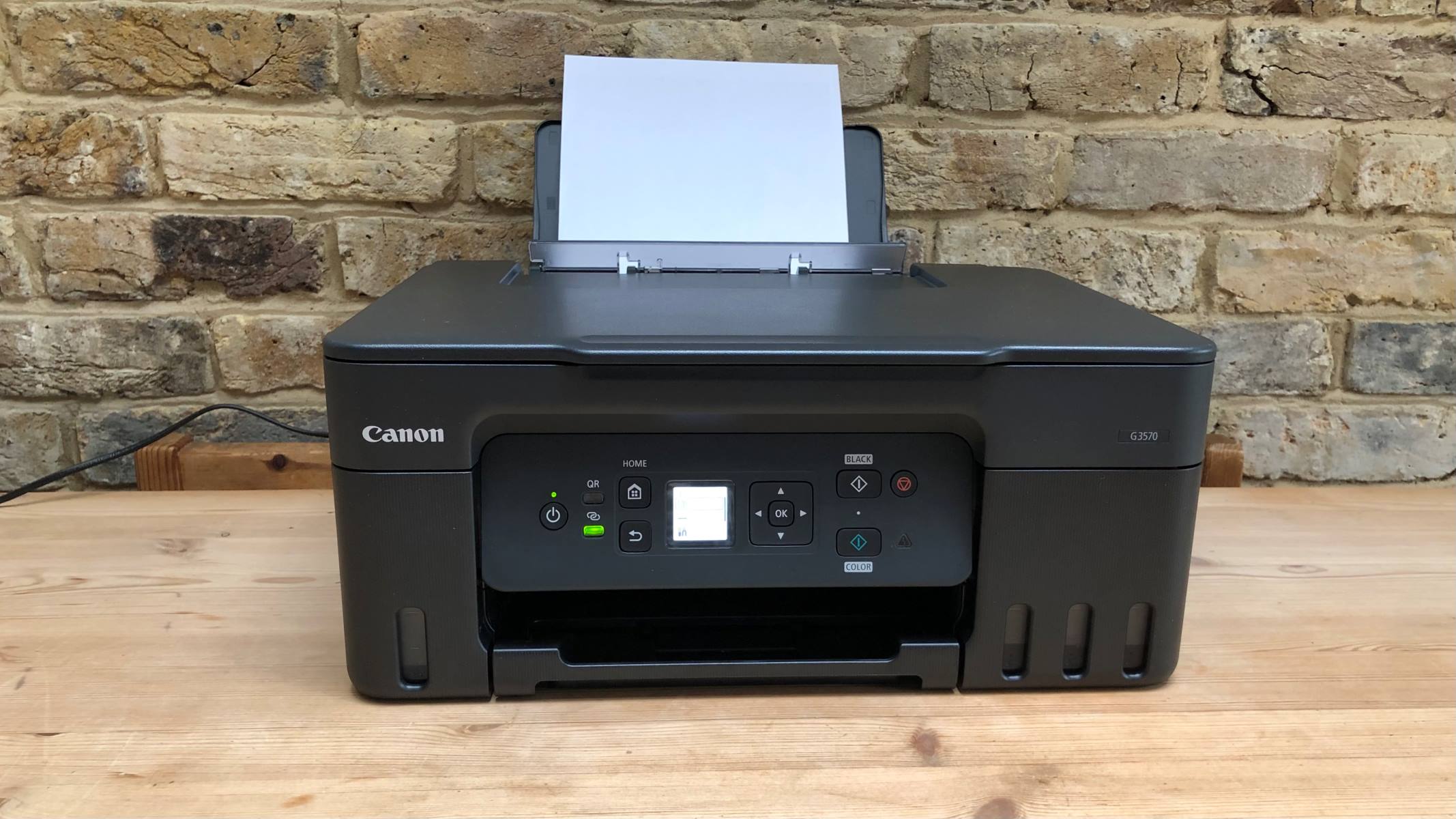

0 thoughts on “How To Fix A Canon Printer”